Imagine a dance where one partner moves to the rhythms of the other. At first, it looks beautiful, but then the partner loses sight of their steps as the dance progresses. They realize they have no steps of their own—they simply follow their partner, and they are completely overshadowed in the process.
This analogy illustrates the delicate yet intricate portrayal of codependency.
Simply put, codependency, sometimes referred to as relationship addiction, is a behavioral pattern where someone relies excessively on others for approval and identity. Codependency can negatively affect individuals, relationships, and families.
However, codependency is far from simple. This relational dynamic silently weaves its way into lives, blurs boundaries, and entwines emotions.
Let’s dive into this topic to understand it better.
What is Codependency?
The concept of codependency originated in the context of relationships with individuals struggling with addiction. In fact, its original use is seen in the Big Book of Alcoholics Anonymous written by Bill W. and Dr. Bob. The term was used to describe someone’s compulsion to be in relationships with chemically dependent partners.
The term evolved through time, and Melody Beattie, in her groundbreaking book Codependent No More describes it as “a pattern of detrimental, behavioral, emotional, and psychological coping strategies passed down from one generation to another.”
Today, codependency is referred to as a learned condition that emerges in relationships where one person’s excessive focus on meeting another’s needs leads to a toxic, one-sided dependence.
Recognizing Codependency
Mental health professionals do not have a diagnostic criteria for codependency; however, there are some signs. Recognizing codependency is the first step in fostering recovery. Most people don’t realize that they are codependent right away. Here are some signs to watch for:
Excessive caretaking
Codependents will go to great lengths to meet the needs of others, often neglecting their own needs in the process.
Enabling a partner’s bad behavior
Codependents may continually bail their partner out of trouble. This includes lying to others, making excuses, and preventing natural and logical consequences of bad behavior.
Guilt and shame
Most people who are codependent also suffer from guilt and shame because their identity is wrapped up in relationships.

Low self-esteem
Those struggling with codependency often have a diminished sense of self since their primary validation stems from approval from others.
Denying personal needs
Codependents may suppress or deny their own needs and desires in favor of prioritizing the needs of others.
Taking on too much responsibility
Codependents take on responsibilities that are not theirs. For example, they may clean up someone else’s messes (literally or figuratively).
Difficulty setting boundaries
Establishing and maintaining healthy boundaries is a challenge for codependents, leading to blurred lines in relationships.
Roots of Codependency
You are likely wondering what causes someone to become codependent. Like most conditions, its root includes a blend of psychological, environmental, and relational dynamics. Pinpointing a specific cause is challenging since several contributing factors can lead to developing codependency:
Family dynamics
The family environment plays a pivotal role in shaping how you understand relationships. Growing up in households where there are addiction or mental health issues can significantly contribute to codependent tendencies later in life.
Additionally, children raised in environments where they are expected to take on caretaker roles teaches them to prioritize others’ needs above their own to maintain harmony or cope with chaos.
Past trauma
Traumatic experiences, including childhood trauma, can lay the groundwork for codependency. This trauma can include emotional, physical, sexual, or psychological. These experiences may lead individuals to develop coping mechanisms that involve excessive caretaking or seeking validation from others to feel secure or loved.

Attachment styles
Attachment theory suggests that early relationships with our parents shape our attachment styles. Insecure attachment styles, particularly anxious-preoccupied or disorganized attachment, can foster codependent behaviors. Attachment styles always begin in childhood, and insecure attachment styles stem from inconsistent or neglectful caregiving.
Social and cultural influences
Sometimes, societal norms and cultural expectations may contribute to codependency. Cultures that prioritize self-sacrifice, putting others’ needs before your own, or emphasize suppressing personal desires for the sake of the family or community may backfire by encouraging codependency tendencies.
Impact on Recovery
For individuals recovering from addiction, codependency poses a significant challenge. Codependency typically manifests in relationships where one individual excessively enables the addictions of another.
Here are some ways that codependency can impact addiction recovery:
Enabling
Codependent behaviors involve enabling the addictive behaviors of a loved one. This may include covering up their actions, making excuses, or actively participating in the addictive behavior. While those who enable others often mean well and think they are helping, they are not. They are actually perpetuating the addition cycle which hinders the individual from getting help.
Lack of boundaries
Codependency blurs boundaries, making it challenging for both the person struggling with addiction and the codependent individual to establish healthy limits. An absence of boundaries is always detrimental. It can prevent the space for growth and self-discovery, essential parts of true recovery.
Emotional dependency
Those dealing with codependency may derive their sense of self-worth and identity from their relationship with the addicted individual. This emotional dependency can make it difficult to focus on their own recovery and can continue a cycle where both individuals remain trapped in unhealthy patterns.
Resistance to change
It is typical for codependent relationships to resist change. As one person seeks recovery, the other may unknowingly resist it, feeling threatened by the potential disruption to the established dynamics. This resistance can undermine the recovery process and create tension within the relationships.
What are the most effective ways to break free from codependency?
Healing from codependency takes effort and time, but it is possible and worth it. Here are some key steps to take to begin recovering from codependency behaviors:

Understanding the problem
The first step toward healing is acknowledging and understanding codependent behaviors. This involves carefully dissecting the relationship patterns in your life. For example, perhaps you have been enabling when you thought you were helping. Or maybe you don’t have boundaries, and you realize that your relationship is suffering because of that. Accepting these tendencies without self-judgment is critical in beginning the healing process.
Establishing boundaries
Boundaries are so important in any relationship, and for codependents, they’re lacking. Setting healthy boundaries means learning how to say “no,” prioritizing personal needs, and clearly communicating boundaries. This involves recognizing where one person ends and another begins, fostering a sense of autonomy and self-respect.
Prioritizing self-care (and self-compassion)
Prioritizing self-care and nurturing a compassionate relationship with yourself is another important part of codependency recovery. Often, codependents don’t get to know themselves enough to understand what they like and don’t like. Instead, they adopt the interests of their partner even if, deep down, they are not interested in those interests. You can begin by making a list of activities that bring you joy and then engaging in them.
Seeking outside support
Outside support from therapists or support groups like Codependents Anonymous (CoDA) provides invaluable guidance and a sense of knowing you’re not alone. Professional help can aid in understanding the root causes of codependency and offer strategies to develop healthier relationship dynamics.
Developing independence
Embracing independence and cultivating a sense of self separate from relationships is important. Ask yourself: who am I apart from any of my roles in life? Who am I at the core? The answer to these questions can give you the confidence to explore your own interests, hobbies, and goals, which are built on your own values.
Unlearning and relearning what a healthy relationship is
If you are recovering from codependency, you must unlearn everything you think is true about yourself and your relationships. This takes time, certainly, but the result involves relearning from scratch, and this process is the foundation on which your new skills will form. Healthy relationship skills include effective communication, assertiveness, and mutual respect.

Practicing patience
Healing from codependency is a journey that requires patience and practice. Unlearning deeply ingrained patterns takes time, and setbacks will occur, so expect them. They are part of the process. Recovery is never linear. However, embracing the process with patience and commitment to growth is vital.
How Maui Recovery can help you with codependent relationships
Whether you are codependent or someone in your life is, Maui Recovery can help. Our recovery approach goes beyond managing symptoms. Instead, we focus on holistic recovery, addressing the mind, body, and spirit.
We utilize a range of evidence-based methodologies, including therapies like:
- Dialectical Behavioral Therapy (DBT)
- Mindfulness-Based Stress Reduction (MBSR)
- Cognitive Behavioral Therapy (CBT)
In addition, we offer practical tools such as yoga, meditation, and mindfulness practices. Our personalized recovery programs are built upon the core belief that each person holds the inherent ability to recover. If you would like to talk to us about how we can help you or a loved one, contact us today.
You are not alone. We are here for you.









